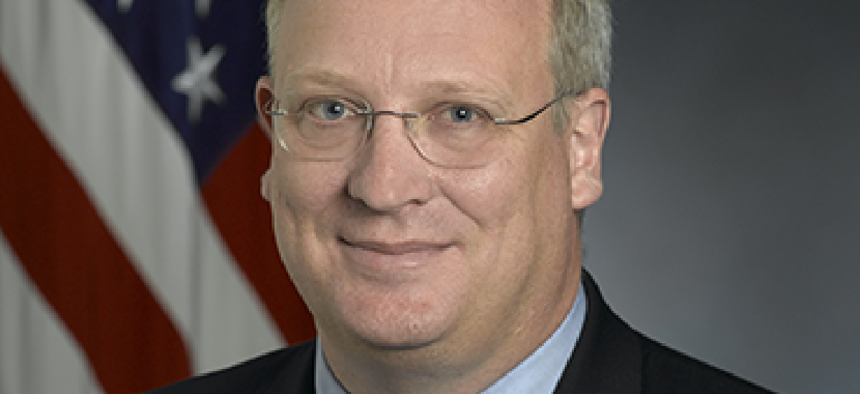David Wennergren on the role of the CIO

The Defense Department's outgoing assistant deputy chief management officer spoke with FCW about the many different types of agency CIO.

As he wrapped up 32 years of government service, the Defense Department's assistant deputy chief management officer spoke with FCW about the many different types of agency CIO.
Related: David Wennergren: The Exit Interview
You've been the CIO of the Department of the Navy. You helped run the CIO Council for a long time --
Wennergren: Longest serving vice‑chair of the federal CIO Council in its history. That was actually a lot of fun! I enjoyed that.
And you've worked with a lot of them in your current job and elsewhere. I'm curious what your take is on the current state of the agency CIO.
Wennergren: Well, having been one, I will always have a soft spot in my heart for CIOs. I think it's a fascinating job. And all CIOs aren't the same.
I still think we have a little bit of a challenge of what do you expect your CIO to do and how do you put in his place structures that help them be successful at that job? What I noticed from my time working with all the other federal CIOs is, it's a continuum.
It's a continuum in two ways. Some people, their whole job is about the IT operations, making the network run, making sure people have Blackberries, that kind of thing. At the other end of the spectrum, some CIOs are real strategic thought leaders at the leadership table, trying to help set the strategy for the mission outcomes of the organization, and everything in between.
Then you also have the continuum about the size and complexity of organizations. Being the CIO for the Army is radically different from being the CIO for a very small organization that is probably the size of one Army base.
The CIO Council is most effective when it finds the opportunity to find areas of common interest. The place where we had our biggest success when Karen Evans and I were working together doing this stuff was, "Where can you find areas of challenges, where by banding together we could make a big difference?"
The work that led us to HSPD 12, the work that led us to the Federal Desktop Core Configurations, the Trusted Internet Connections, the IT workforce, the security portfolio, the architectural work.
You can find these sweet spots where you make a difference.
Do CIOs have to have clear budget authority and a place in an agency's senior leadership to be effective?
Wennergren: I'm fascinated with the conversation about a seat at the table and hope that it's not a continuing one we have. It's like the personal‑control thing. You have to be careful what you wish for. Because you can demand a seat at the table, but if you don't have contributions, you won't get to hold on to that seat long.
I think that there's a recognition of the important roles the CIOs play. It's also really important to understand how each CIO job fits into the organizational fabric of that agency and how best they can contribute and where they should contribute.
Obviously, we feel better when we control things. Certain levers of power, if you will, help you get your job done. Certainly, the ability to control how money gets spent is one of the biggest levers that any organization can have.
Somehow you have to find the right sweet spot that works for the agency in question. I fear sometimes we paint it with a broad brush and say all agencies should be set up the same way and have the same structures, which may not be the case.
NEXT STORY: Agency records need better handling





